The Perseids meteor shower, one of the most anticipated celestial events of the year, is reaching its peak this week, offering stargazers a dazzling display of shooting stars. Known for its bright and frequent meteors, the Perseids occur annually when Earth passes through the debris left behind by the comet Swift-Tuttle.
This year’s peak promises optimal viewing conditions for many regions, with minimal moonlight interference, allowing even fainter meteors to be seen. Astronomers expect up to 100 meteors per hour under clear, dark skies. The best viewing times will be during the pre-dawn hours, when the radiant point in the constellation Perseus is high in the sky.
To catch the show, experts recommend heading to a location away from city lights, giving your eyes about 20–30 minutes to adjust to the darkness. No special equipment is needed, though reclining on a blanket or chair will make the experience more comfortable.
The Perseids are famous not only for their frequency but also for producing occasional fireballs—exceptionally bright meteors that can briefly illuminate the night sky. For many, this annual event is a reminder of the beauty and vastness of the universe, and this year’s conditions make it a perfect opportunity to look up and be amazed.


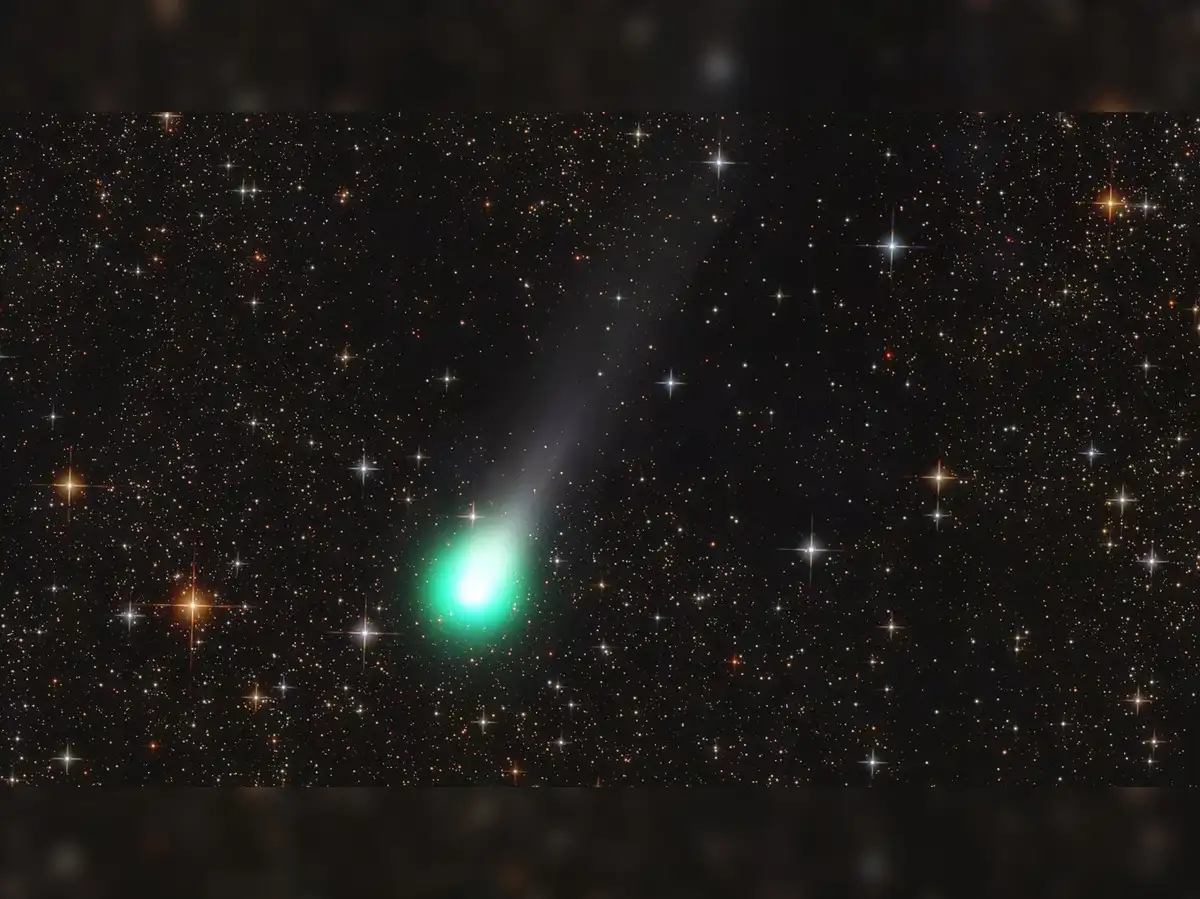
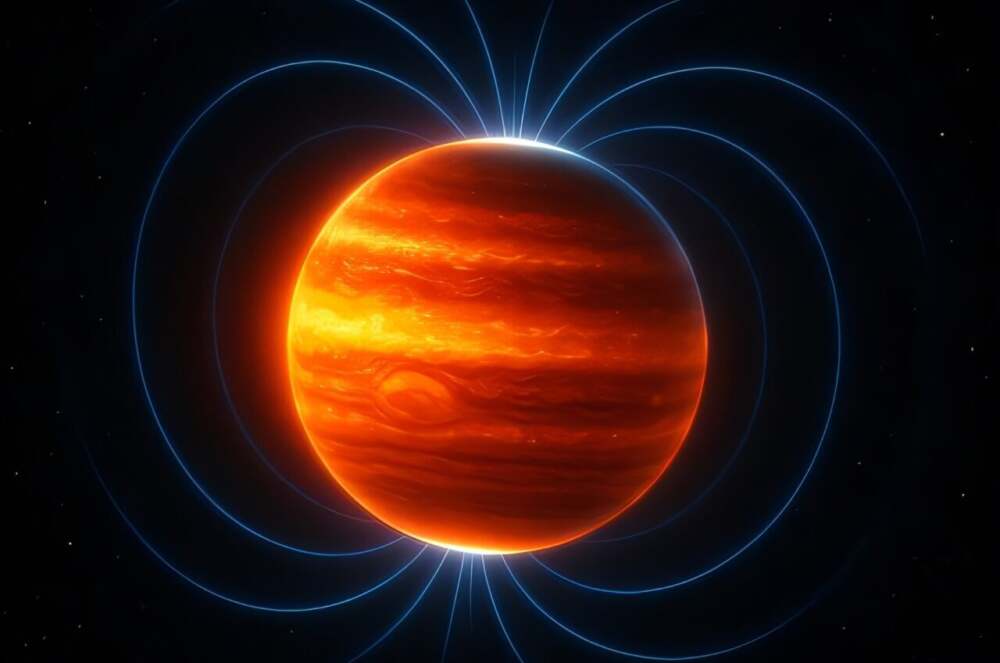
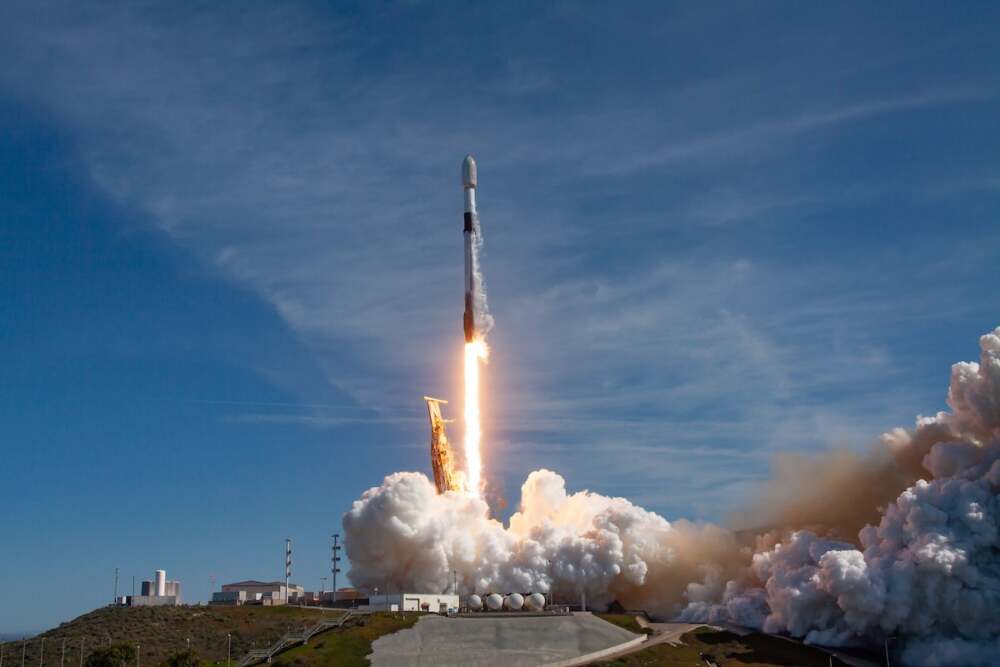
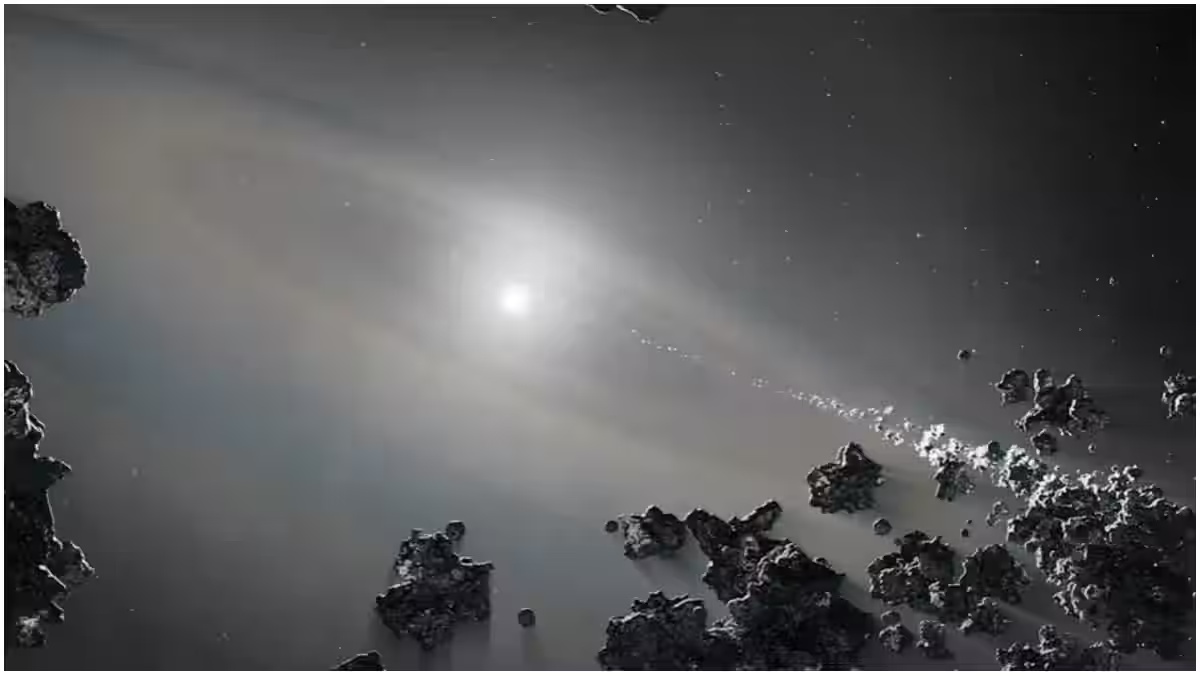
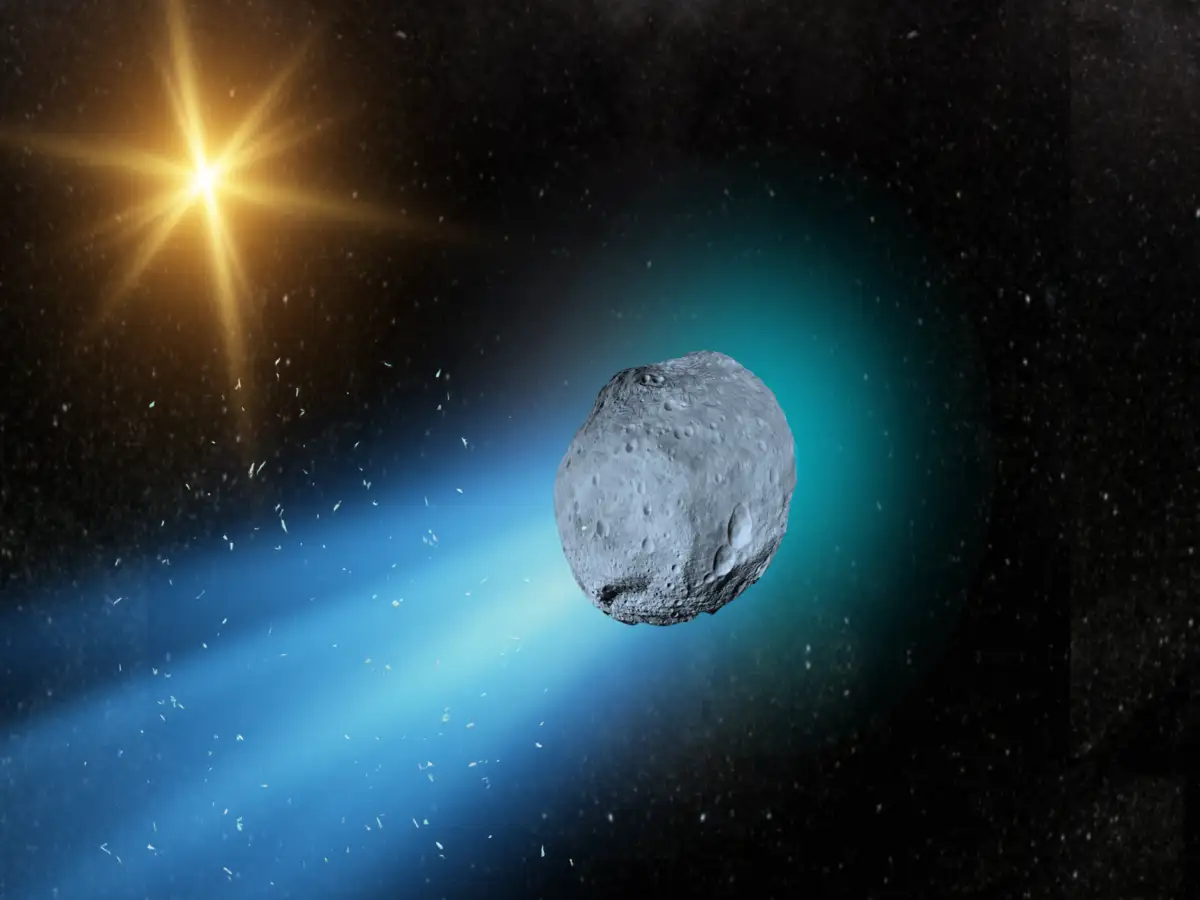




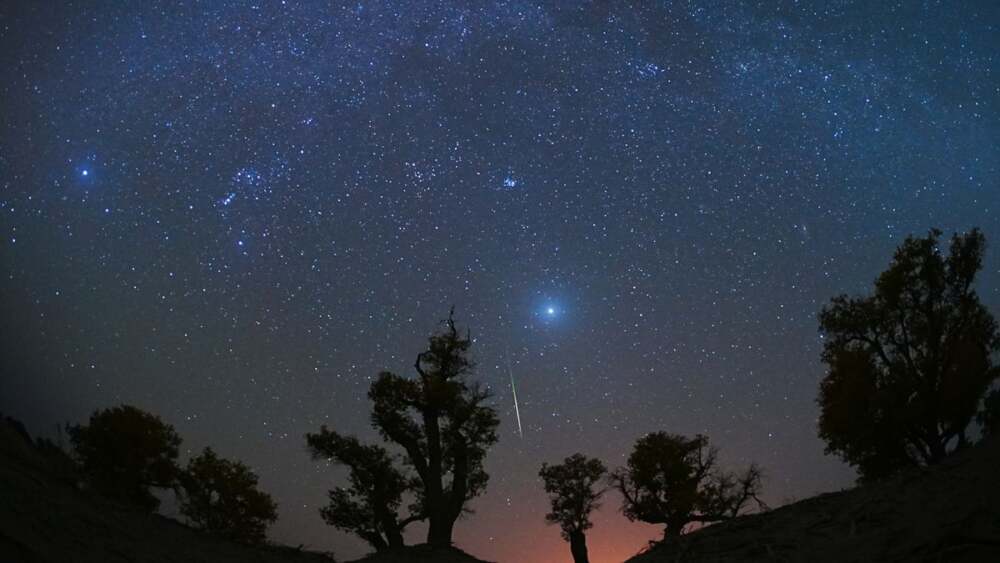




Leave a Reply